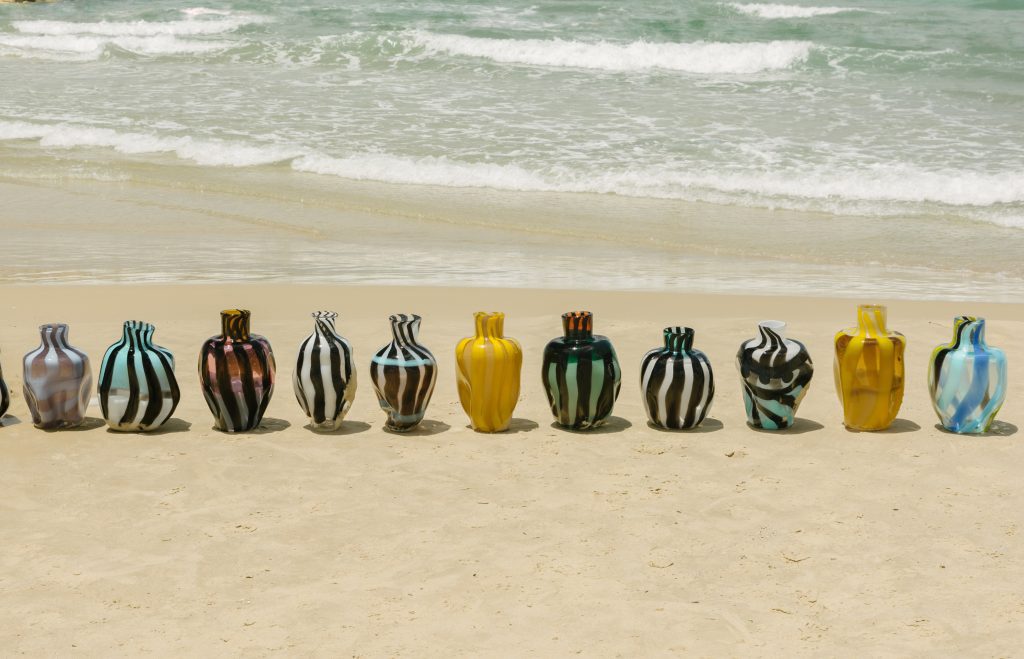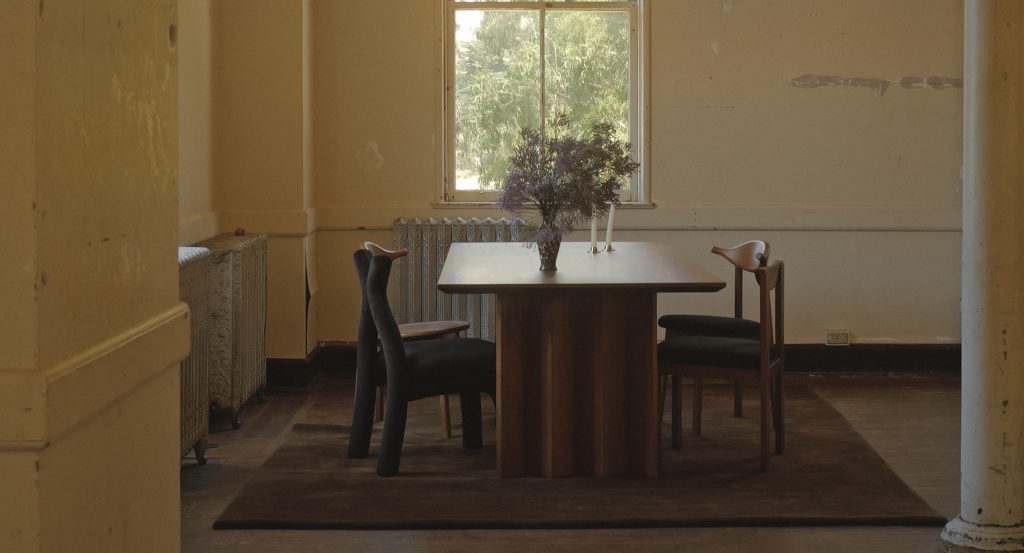

10 Pieces Proving That Squiggle Design Is Still Going Strong
The squiggle trend has firmly embedded itself in the design world, offering a playful yet sophisticated aesthetic that challenges the conventional straight lines and angles of traditional design. Inspired by the whimsical and the wavy, this edit features ten standout pieces from Adorno designers that exemplify the enduring appeal of squiggle designs.
The resurgence of the squiggle trend in contemporary design draws its inspiration from a rich tapestry of historical influences and a collective desire for comfort and whimsy in personal spaces. This fascination with fluid, organic shapes can be traced back to various art and design movements, such as Memphis, yet it feels more relevant today than ever before.
1. The Squiggle Chair by Chris Miano
Among the pioneering squiggle designs that emerged with the trend’s rise in 2021, CAM DESIGN’s Squiggle Collection stands out. Chris Miano, regarded as the sovereign of squiggle craftsmanship, skillfully transforms carefully chosen walnut slabs into an array of playful curves that merge flawlessly with sleek lines. The Squiggle Chair, a testament to his expertise, is crafted to elicit joy in both its beholders and users. Its defining feature, a whimsically curved leg that ascends to embrace the backrest, accentuates the chair’s streamlined silhouette. Complemented by the cozy and contrasting texture of natural boucle fabric, the chair not only offers visual delight but also unparalleled comfort, making it a quintessential representation of the squiggle design ethos.
2. MOTION Commode by The Good Living Co.
Handcrafted from steel, the MOTION Commode offers a modern and industrial take on the squiggle trend. With its wavy doors and spherical handles, this piece adds an element of elegance and style to any space, available in various colors and finishes.
3. Barva Vases by Pani Jurek
Pani Jurek’s Barva Vases merge abstract geometric forms with the organic, celebrating the beauty of color theory and the interplay of light. These ceramic vases, perfect for wall mounting, act as independent abstract compositions even without plants.
4. La Puerta Table by Jackrabbit Studio
The La Puerta Table invites a sense of childhood wonder with its door-like openings and squiggle brace. This dining table, influenced by rustic and coastal vibes, serves as a portal to imaginative exploration.
5. Contemporary Vanity – Hanging Rail by Six Dots Design
Joseph Ellwood’s first collection under Six Dots Design features the Hanging Rail, a piece that disrupts mid-century norms with its raw aluminum finish. This collection reflects our fluid lives today in gender, identity, and expression through whimsical design.
6. Eclipse Floor Lamp by Niles Fromm
Carved from pine wood and finished with chalk paint, the Eclipse Lamp is a study in organic shapes and textures. Its patinaed steel base complements the hand-sanded lamp, offering a blend of craftsmanship and aesthetic appeal.
7. Gapeau Floor Lamp by Superpoly for 13 Desserts
With its watercolor-patterned lampshade and hand-bent metal tube, the Gapeau Floor Lamp draws inspiration from riverbeds. This French-made lamp combines color, light, and a unique form to brighten any space.
8. La Celebración Miniature Mirror by Joyful Objects, Yes!
This mini mirror is a compact version of the “La Celebración” mirror, featuring unconventional, kinetic forms finished in a sophisticated gel coat. Handmade in Mexico, it brings a personalized touch to interior design.
9. Agatha – Wavy Console Table by BANNACH
Designed by Julius Heinzl, the AGATHA console is a sculptural piece that commands attention. Available in solid oak or lacquered MDF, it offers a playful yet elegant surface for displaying cherished objects.
10. Foot Side Table With Drawer by Project 213A
Part of the “Foot collection,” this side table features hand-carved details and irregular legs, one of which ends in a foot. Made by artisans in Northern Portugal, it’s a unique blend of craftsmanship and whimsy.
Origins and Historical Influences
The squiggle trend is not a novel invention of the 21st century but rather a continuation of aesthetic principles that have recurred throughout design history. Its roots can be found in the Art Nouveau movement of the late 19th and early 20th centuries, which celebrated natural forms and sinuous lines. However, the most direct ancestor of today’s squiggle designs is the Memphis Design movement of the 1980s. Founded by Ettore Sottsass, the Memphis Group rebelled against the minimalist ethos of the time, embracing vibrant colors, bold patterns, and unconventional shapes, including the playful squiggles and zigzags that have re-emerged in today’s design landscape.
The Resonance of Squiggles Today
In recent years, especially following the global upheaval caused by the pandemic, there has been a marked shift towards creating living spaces that offer comfort, joy, and an escape from the mundane. The squiggle trend aligns perfectly with this shift, offering a visual language that is both comforting and playful. These designs, with their soft edges and organic forms, subconsciously evoke a sense of safety and relaxation, which has become increasingly valuable in times of uncertainty.
Moreover, the squiggle trend is a response to the digital age’s flat, sleek lines and the uniformity of mass-produced furniture. As people spend more time in their homes, there’s a growing appetite for unique, thought-provoking pieces that express individuality and creativity. The tactile, often handmade nature of squiggle design pieces adds a personal touch that is both visually appealing and emotionally resonant.
Another aspect that makes squiggle designs relevant today is their association with sustainable practices and material innovation. Designers are exploring eco-friendly materials and techniques that align with the organic aesthetic – one that often leads to squiggly shapes. From repurposed woods and metals to biodegradable plastics, the production processes behind these playful designs often emphasize environmental responsibility.
A Movement Towards Emotional Design
The squiggle trend also signifies a broader movement towards emotional design, where the focus shifts from purely functional to emotionally engaging and life-enhancing objects. In a world where technology often dictates form and function, squiggle designs represent a return to intuition, whimsy, and the human touch. They remind us that design can be a source of joy, a medium for storytelling, and a way to connect more deeply with our surroundings.
Squiggles in contemporary design are a reflection of a deeper yearning for comfort, individuality, sustainability, and emotional resonance in our living spaces. As we navigate the complexities of modern life, these playful, organic forms offer a visual and tactile respite, proving that the appeal of the squiggle is both timeless and profoundly relevant today.
Shop Squiggle Designs on Adorno
-

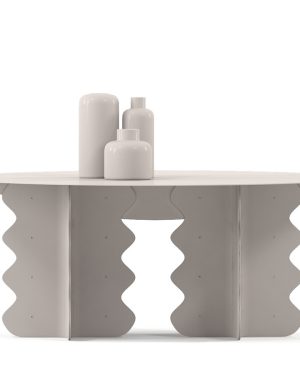 Hvylya – Handcrafted Metal Coffee Table
Hvylya – Handcrafted Metal Coffee Table -

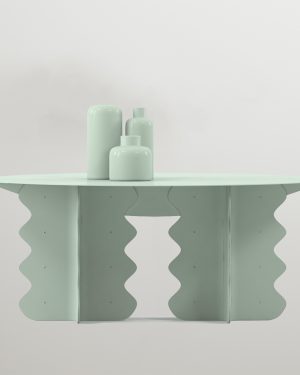 Hvylya – Large Handcrafted Metal Dining Table
Hvylya – Large Handcrafted Metal Dining Table -

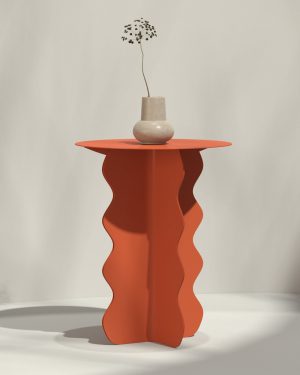 Hvylya – Handcrafted Metal Side Table
Hvylya – Handcrafted Metal Side Table -

 Riviera – Stoneware Pendant
Riviera – Stoneware Pendant -

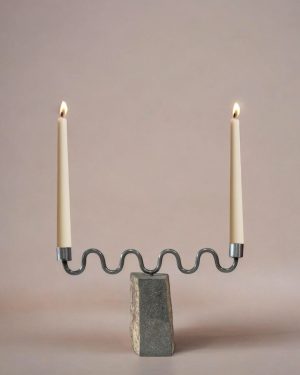 Aria Candle Holder – River Rock / Raw Iron
Aria Candle Holder – River Rock / Raw Iron -

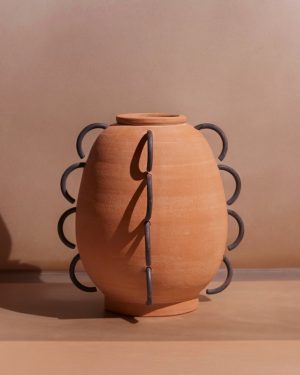 Ella Terracota Vessel
Ella Terracota Vessel -

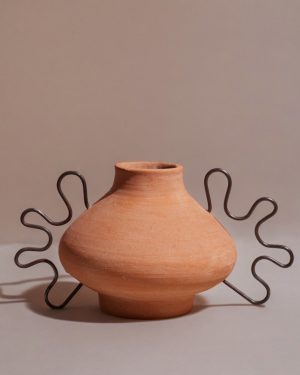 Ines Terracota Vessel
Ines Terracota Vessel -

 Knot Object – Clay Sculpture
Knot Object – Clay Sculpture -

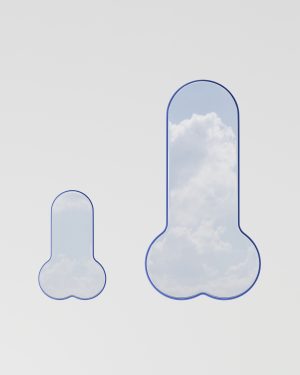 Lovedick – Sculptural Wall Mirrors
Lovedick – Sculptural Wall Mirrors -

 Crest And Trough Series – Chrome Stool / Side Table
Crest And Trough Series – Chrome Stool / Side Table -

 Mono Series – Side Table
Mono Series – Side Table -

 Mono Series 03 – Vase
Mono Series 03 – Vase -

 Aluminum Dining Table
Aluminum Dining Table -

 Aluminum Kitchen Table
Aluminum Kitchen Table -

 ‘Not in Service’ Coffee Table
‘Not in Service’ Coffee Table -

 Aluminum Squiggle Cafe Table
Aluminum Squiggle Cafe Table -

 Aluminum Wave Shelf
Aluminum Wave Shelf -

 Honey – Squiggle Oak Wood Chair
Honey – Squiggle Oak Wood Chair -

 Pancakes V2 – Full Length Mirror
Pancakes V2 – Full Length Mirror -

 Pancakes V2+1 – Full Length Mirror
Pancakes V2+1 – Full Length Mirror -

 Pancakes H5+2 – Full Length Mirror
Pancakes H5+2 – Full Length Mirror -

 Hvyli 8 – Wavy Wall Mirror
Hvyli 8 – Wavy Wall Mirror -

 Hvyli 6 – Wavy Wall Mirror
Hvyli 6 – Wavy Wall Mirror -

 Hvyli 14 – Wavy Full Length Mirror
Hvyli 14 – Wavy Full Length Mirror -

 Hvyli 16 – Wavy Full Length Mirror
Hvyli 16 – Wavy Full Length Mirror -

 Small Hook Slim – Set Of 3
Small Hook Slim – Set Of 3 -

 The Big Hook
The Big Hook -

 The Hook – Steel Wall Hook
The Hook – Steel Wall Hook -

 Hooked Up – Large Steel Wall Hook
Hooked Up – Large Steel Wall Hook -

 Hazel Wave No.3 – Wicker Table Lamp
Hazel Wave No.3 – Wicker Table Lamp -

 Jagae – Wood & Mother Of Pearl Coffee Table
Jagae – Wood & Mother Of Pearl Coffee Table -

 Tadelakt Wall Mirror
Tadelakt Wall Mirror -

 Not As Planned – Mirror
Not As Planned – Mirror -

 Contemporary Stool 02
Contemporary Stool 02 -

 Threshold Pillow
Threshold Pillow -

 Tray+ Medium Stainless Steel Tray
Tray+ Medium Stainless Steel Tray













